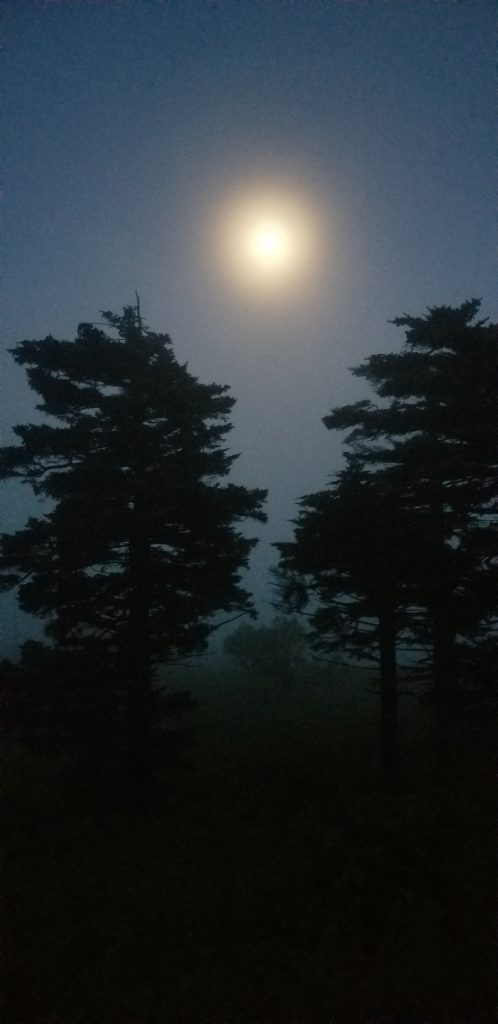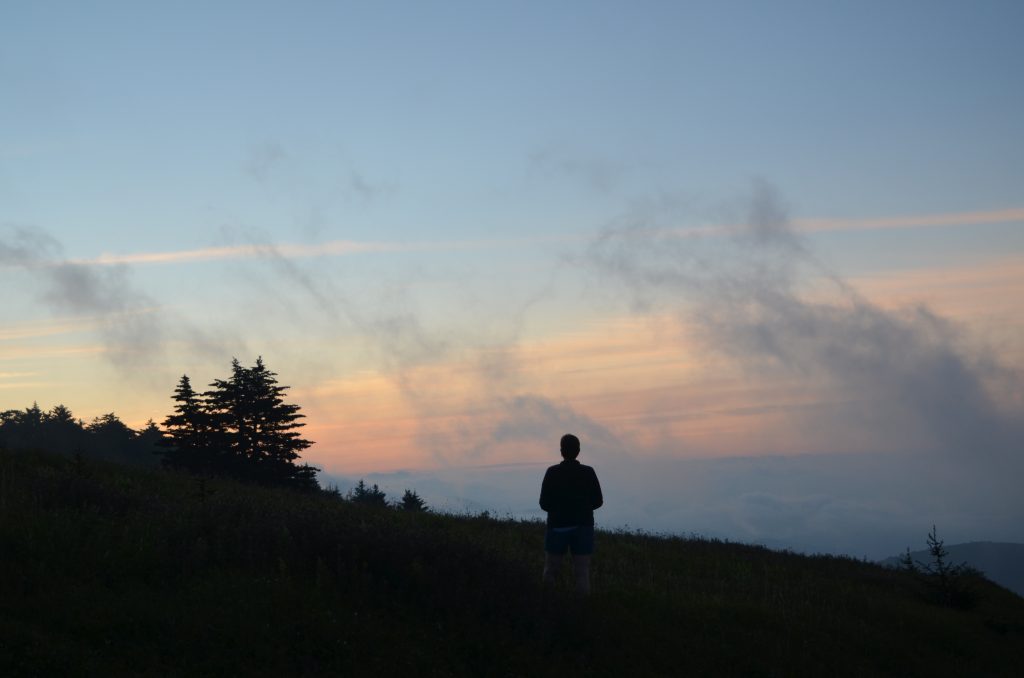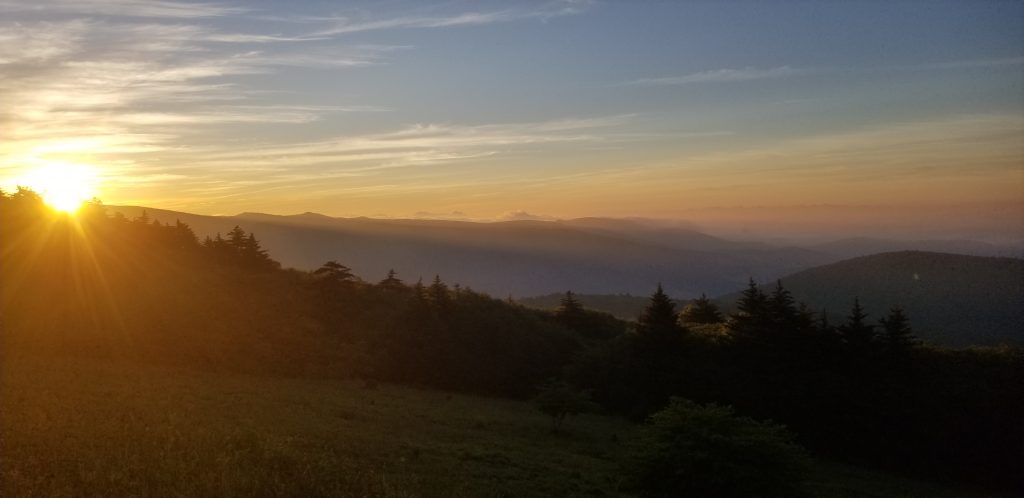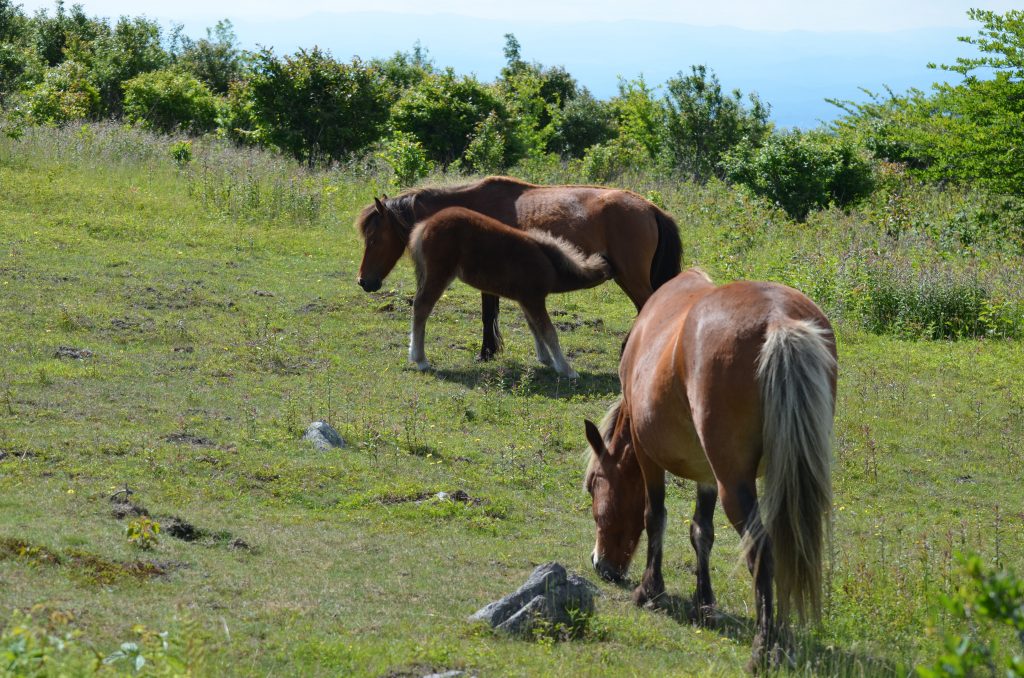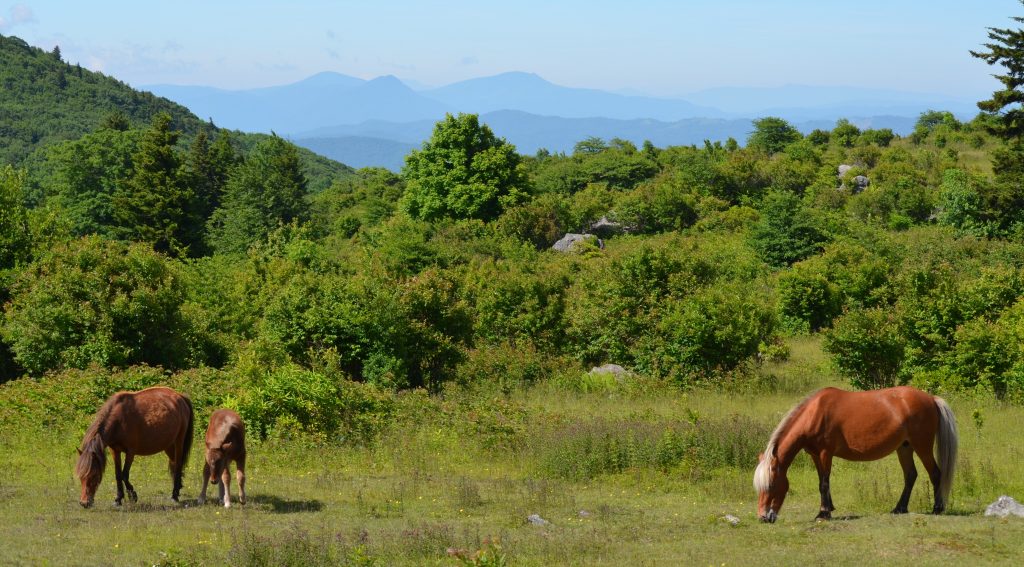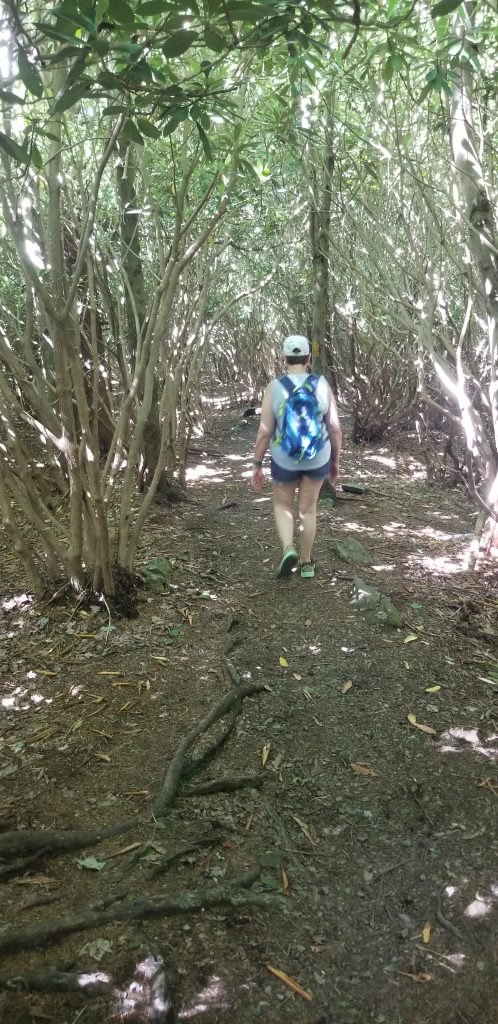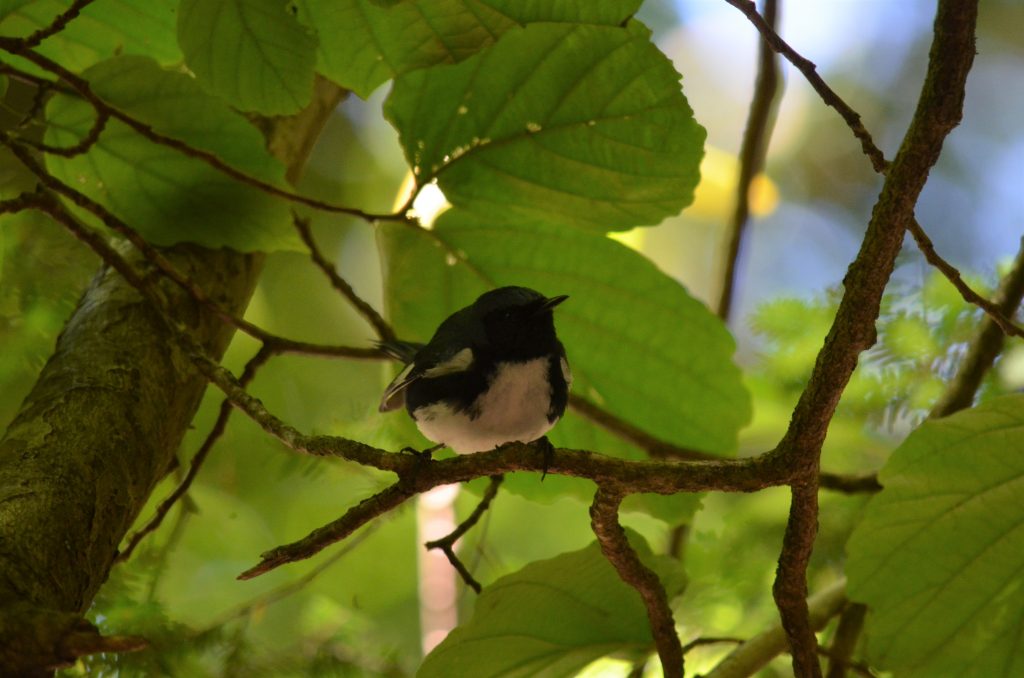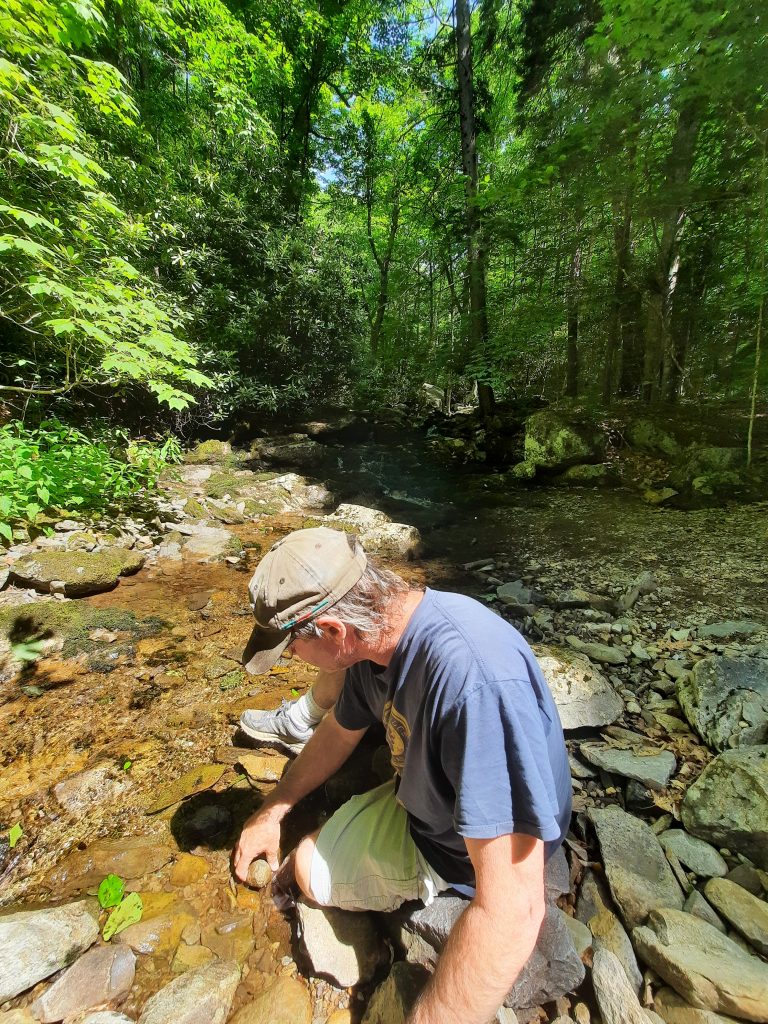The sun was barely above the horizon and the thermometer was already approaching 80 degrees F. I knew it was going to be a hot one along the SE coast of Virginia, especially where I was visiting for the day-Back Bay National Wildlife Refuge (NWR). However, if you’re properly prepared for these hot summer days, there are benefits to visiting these areas at this time of year when it comes to experiencing nature.
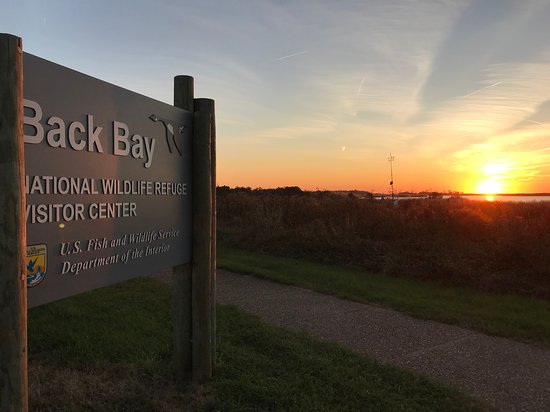
Located along the Atlantic Coast, in extreme SE Virginia (8 miles from NC), Back Bay NWR is a 9,250-acre refuge established in 1938 to provide feeding and resting habitat for migratory birds. Over the years, it has become a critical habitat for wildlife as the metropolitan area of Virginia Beach continues to grow, while trying to protect the watershed from harmful development. Back Bay NWR includes a thin strip of barrier island coastline typical of the Atlantic and Gulf coasts, as well as upland areas on the west bank of Back Bay. Habitats include beach, dunes, woodlands, agricultural fields, and emergent freshwater marshes. The majority of refuge marshes are on islands within the waters of Back Bay.
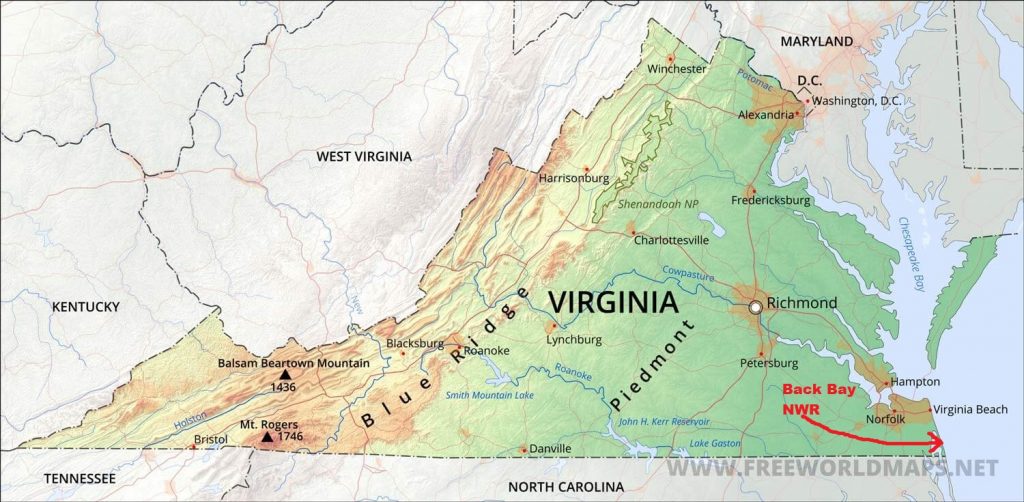
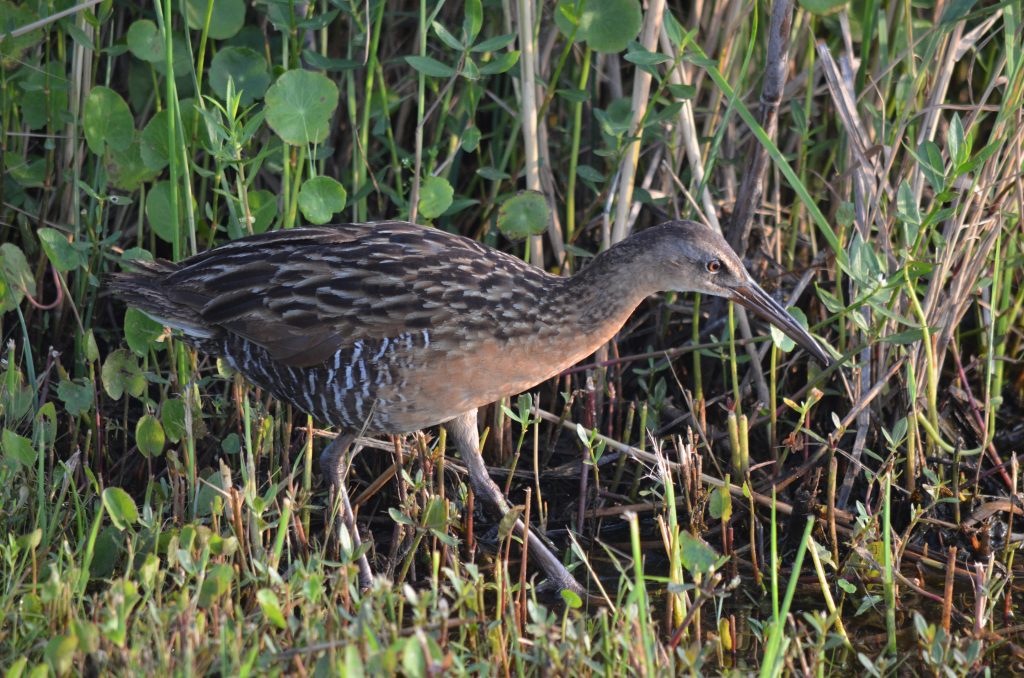
A King Rail sneaks through the marsh grass 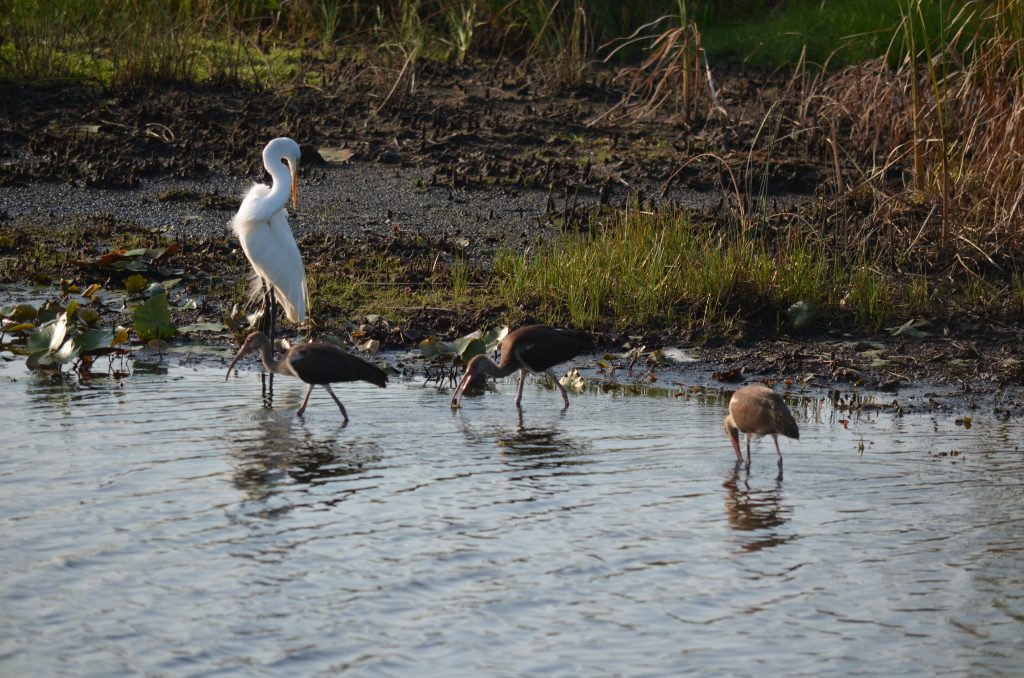
A Great Egret preens as juvenile White Ibis feed close by 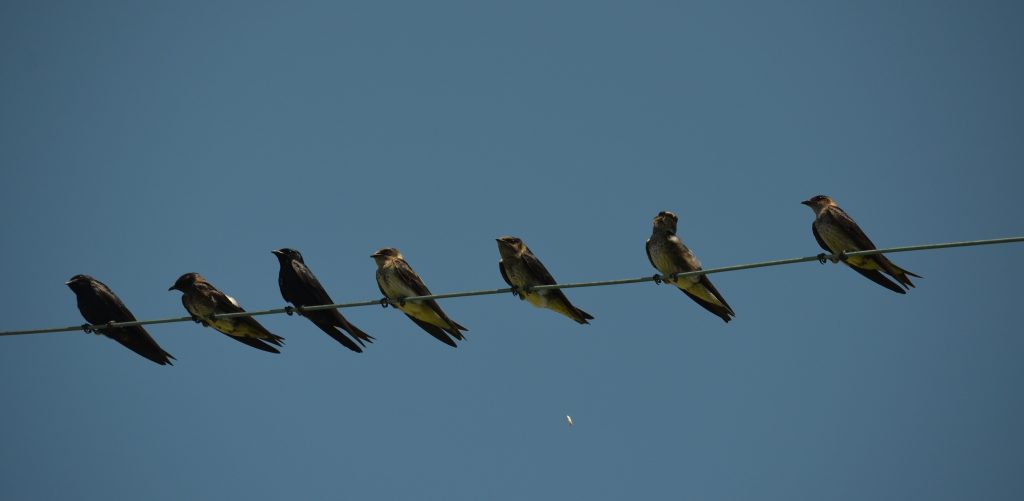
Purple Martins take a break from the summer heat
As with many of my trips, I wanted to photograph some of the refuge’s summer wildlife, especially the birds. After hearing about a couple rare avian visitors to the refuge(a pair of Roseate Spoonbills), I packed up my gear, a lunch, plenty of water and departed at 3am, making the 3.5 hr. trek to arrive by sunrise. Roseate Spoonbills are large, beautiful pink & white wading birds normally found in Florida and the Gulf Coast. On occasion, after breeding is done, some Spoonbills (especially juveniles) will wander far from their home range, putting birders on alert and creating a “feeding frenzy” on social media. I wanted to join in on the “feast”, since the last time I saw one was in SW Florida, almost 15 years ago.
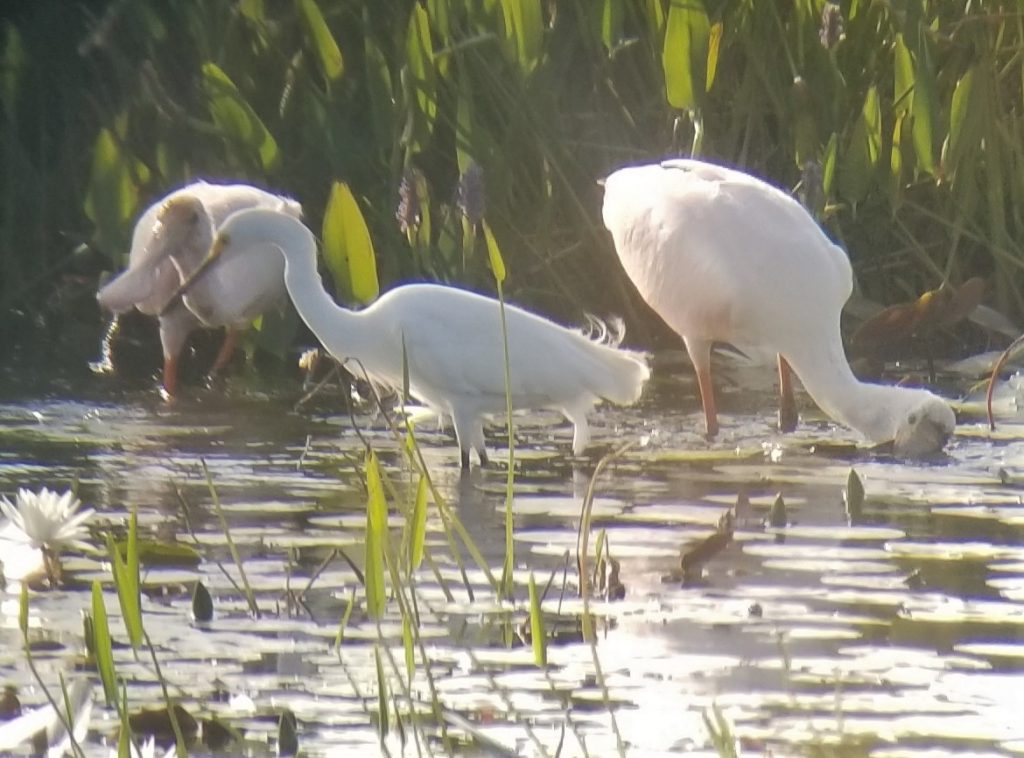

Although the scorching, humid summer days may not be ideal for birds (and birders), what I found during my visit was many other critters that thrive during the heat-especially insects! In addition, there were many flowers blooming in the bright sunlight as well.
If you visit Back Bay NWR on a hot, steamy summer day, you can’t miss the amount, and variety, of bugs flying around. Many species of butterflies, bees, beetles and flies are constantly buzzing by you. But the most noticeable winged creatures are the dragonflies. They were everywhere! Thousands of them. Some of them were large and others small and most were brightly colored. I found myself watching (looking for) dragonflies, more than searching for birds-probably because there just so many more of them! The hotter it got, the more active they became.
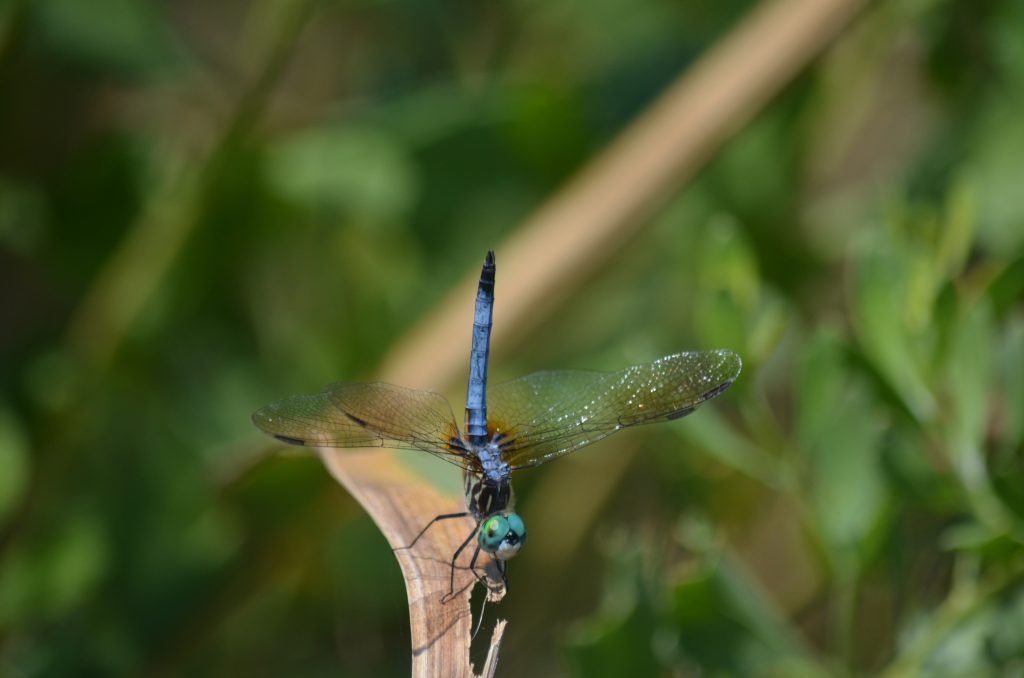

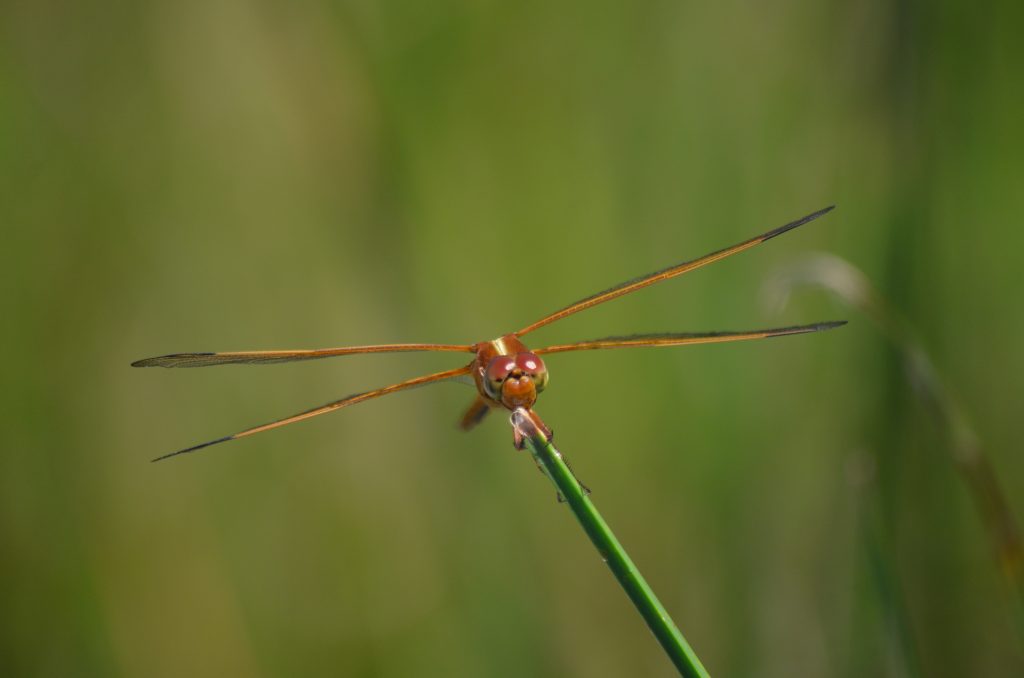
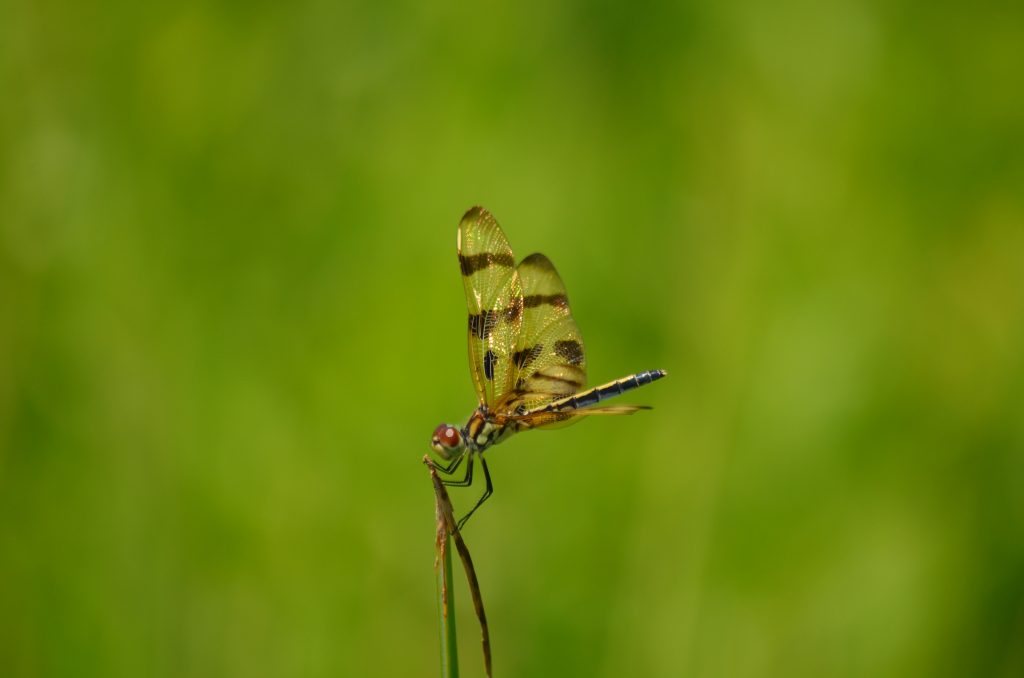
If you walk the trails at Back Bay NWR long enough, you’re bound to have one accidentally fly into you. But fear not, these beneficial insects will not harm you, and spend most of their waking hours buzzing around one small area catching and eating other flying insects-mosquitoes are their favorite prey! Dragonflies are expert fliers. They can fly straight up and down, hover like a helicopter and even mate mid-air. If they can’t fly, they’ll starve because they only eat prey they catch while flying. They’re such efficient mosquito-catchers that a single dragonfly can eat 30 to hundreds of mosquitoes per day! I would take many dragonflies flying around, rather than mosquitoes, any day! Amazingly, some dragonfly species even migrate.
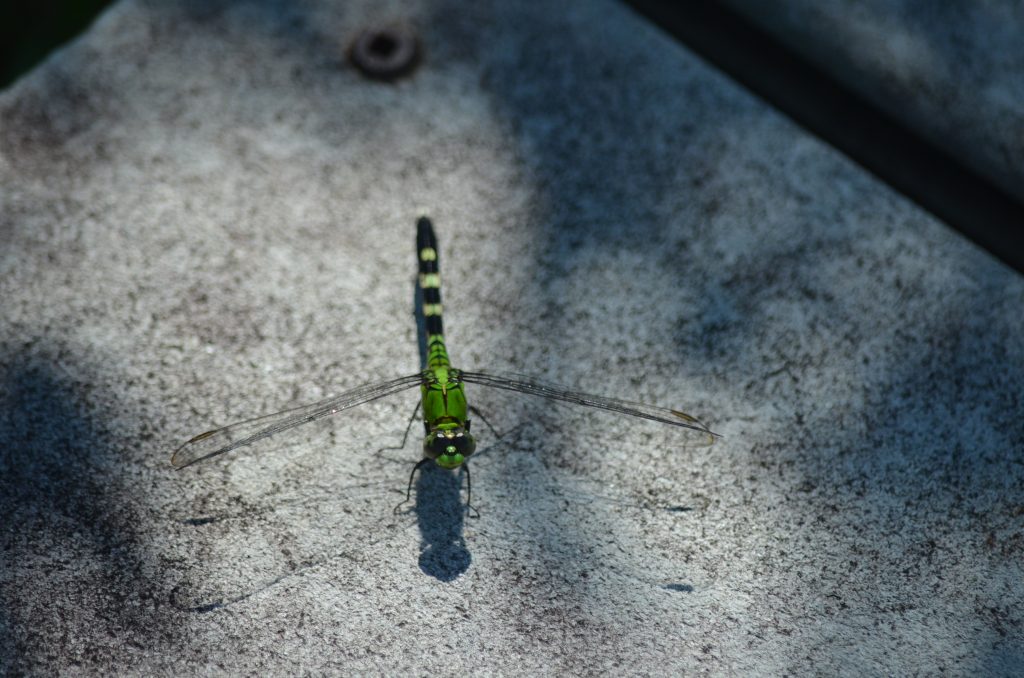
Scientists have tracked migratory dragonflies by attaching tiny transmitters to wings with a combination of eyelash adhesive and superglue. They found that green darners from New Jersey traveled only every third day and an average of 7.5 miles per day (though one dragonfly traveled 100 miles in a single day). One species, called the Globe Skinner has the longest migration of any insect—11,000 miles back and forth across the Indian Ocean!
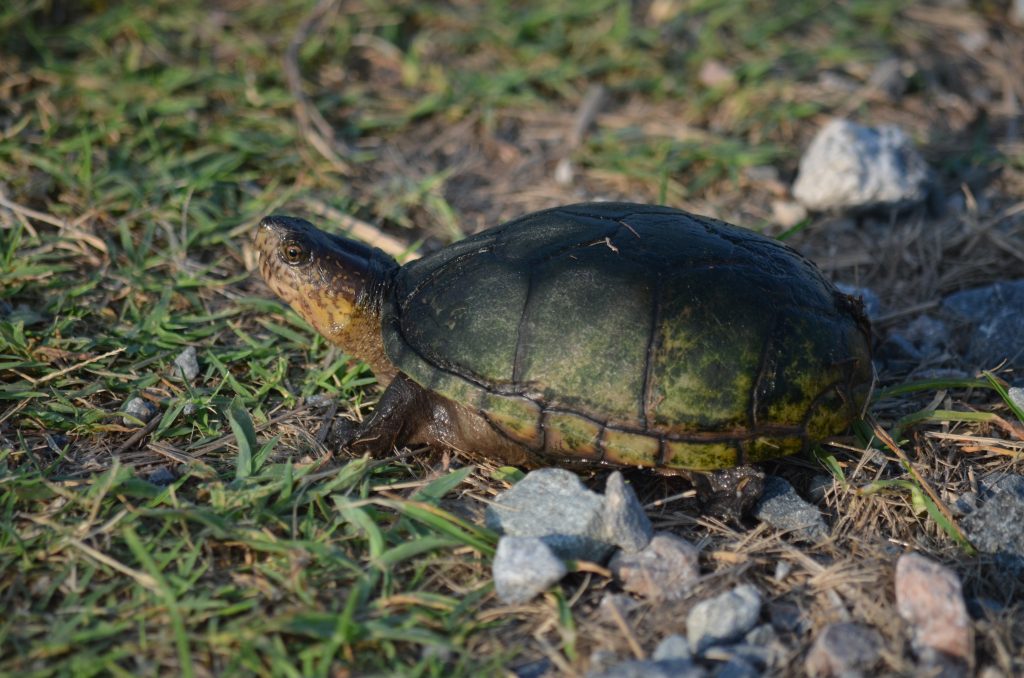
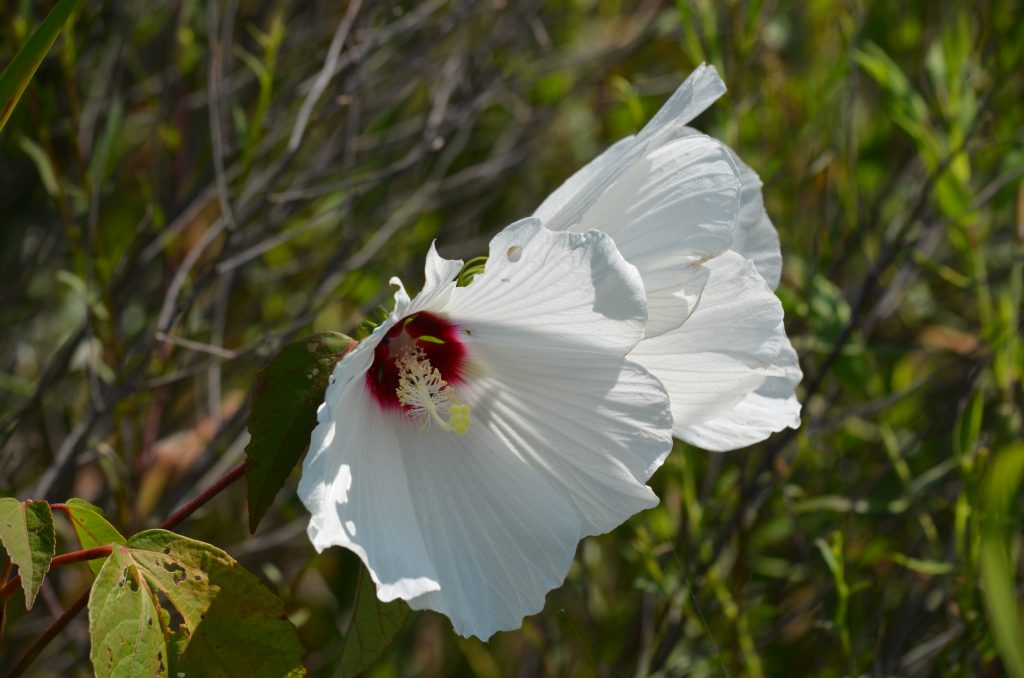
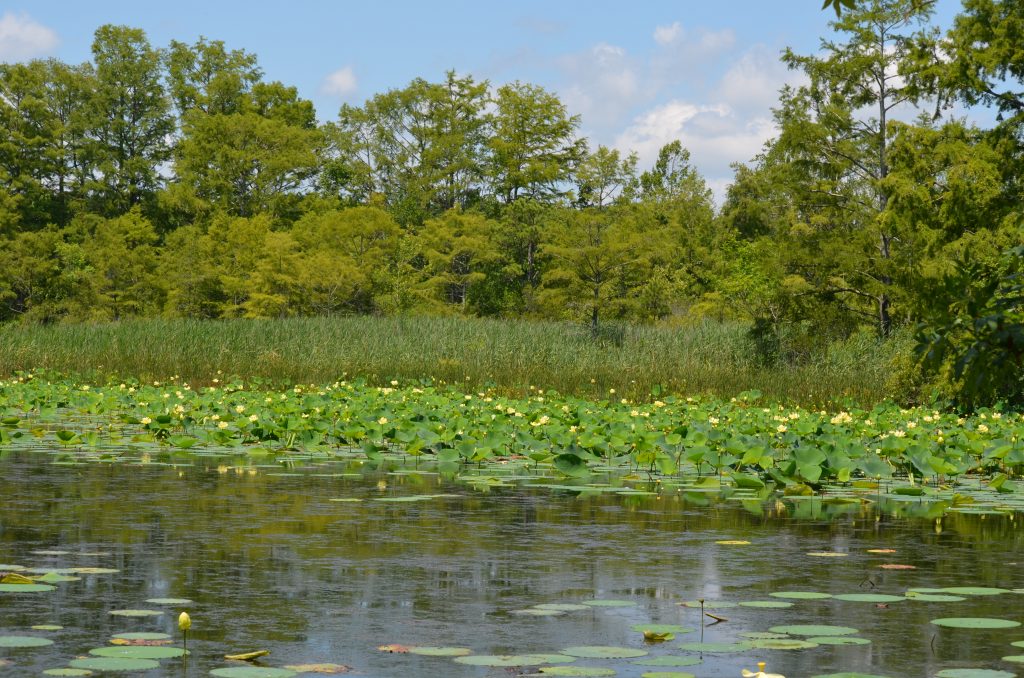
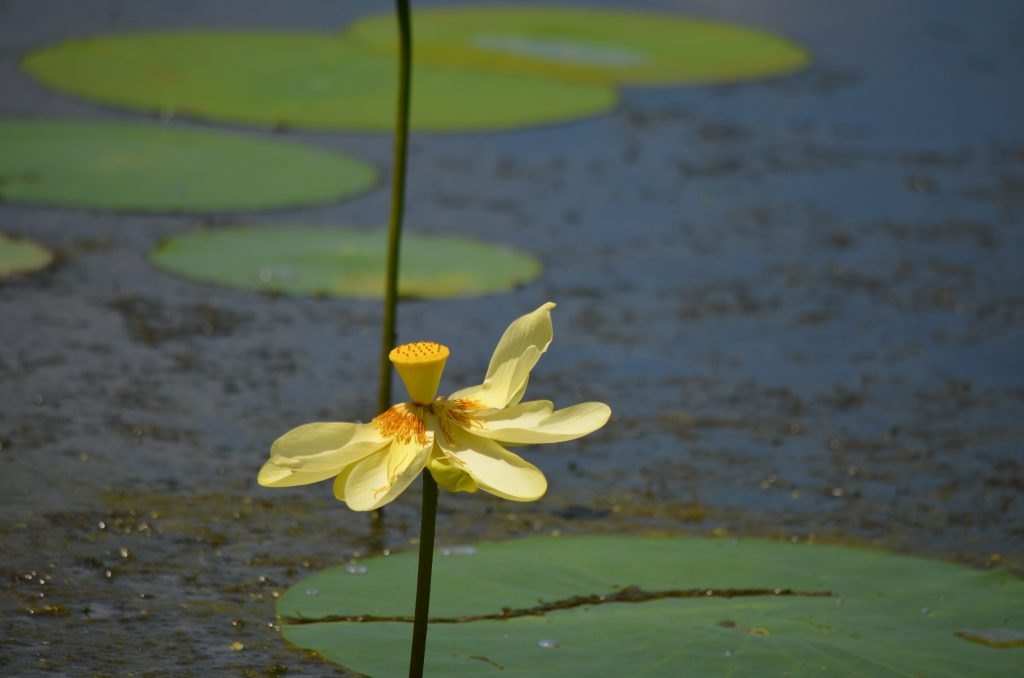
Back Bay NWR is a super nature destination any time of the year, even during the “dog days of summer.” If you’re properly prepared with plenty of water, bug spray, sunscreen, a wide brim hat, and a sense of adventure, you’ll be surprised what you might discover! Enjoy, and get Out and About!
